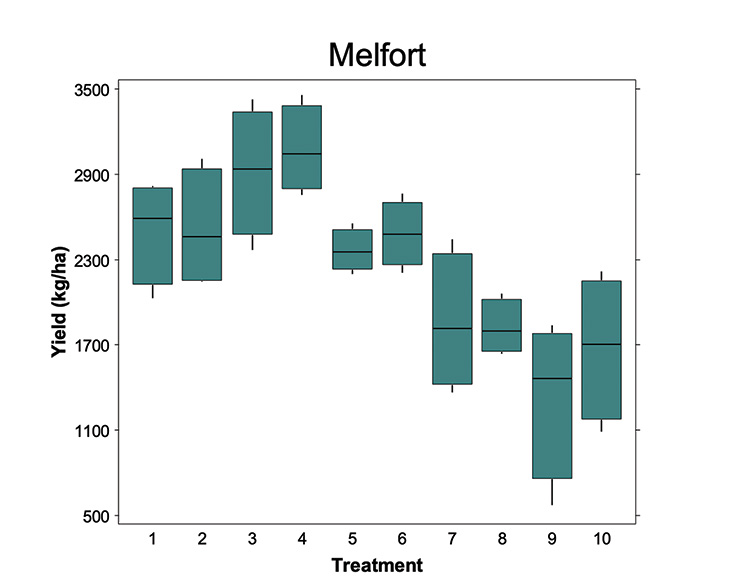Study supports early seeding
KEY RESULT:
This study tested five seeding dates and clearly demonstrated that early seeding (May versus June) is a recommended practice to maximize canola yield potential and quality.
PROJECT NAME, PRINCIPAL INVESTIGATOR:
“Demonstrating benefits of seeding date and rate on canola yield and quality.” Robin Lokken, Conservation Learning Centre; Gursahib Singh, Irrigation Crop Diversification Corporation; Brianne McInnes, Northeast Agriculture Research Foundation; Amber Wall, Wheatland Conservation Area.
FUNDING:
SaskOilSeeds
This study aimed to demonstrate how different seeding dates and rates can improve canola yield and quality. Researchers tested five seeding dates – starting with early May and then seeding plots every 10-14 days, ending with a late June planting. Each seeding date also included low and high seeding rates. Low seeding rate at the three dryland sites was 80 seeds per square metre and the high rate was 160 seeds per square metre.
Wheatland Conservation Area (WCA) in Swift Current, Northeast Agriculture Research Foundation (NARF) in Melfort, Irrigation Crop Diversification Corporation (ICDC) in Outlook, and Conservation Learning Centre (CLC) in Prince Albert each hosted these trials in 2023.
Results:
Overall, yields decreased when canola was seeded late in June. Yield losses for these very late seeding trials were up to 48 per cent in Prince Albert, 50 per cent in Melfort, 87 per cent in Outlook, and 91 per cent in Swift Current. Late-seeded canola also had lower oil content. These yield and quality issues were related to issues with uniform dry down and harvest delayed to as late as October 25.
Seeding rates were included in this study to demonstrate how the practice can compensate for high seedling mortality during unfavourable growing conditions, especially for early seeded canola. In 2023, conditions were dry compared to long term averages, but anticipated risks such as high flea beetle pressure, cool soils and frost damage did not occur.

High seeding rates are still recommended to target minimum plant stands, as seed mortality was often 50 per cent or greater in these trials.
This study clearly demonstrated that, when spring conditions are favourable, early seeding is a recommended practice to maximize yield potential.
While difficult to predict the likelihood of flea beetle pressure in an upcoming growing season, it would be valuable to repeat this demonstration with higher flea beetle populations. Selecting an earlier seeding date could help showcase how less desirable growing conditions can affect canola yields and how seeding rates can help compensate and reduce yield losses. This trial was done again this year (2024) at NARF, ICDC, WCA and WARC. Seeding rates stayed the same, but seeding dates were earlier.
The full report, available at saskcanola.com/research-results, has specific seeding dates and agronomy information for each site, as well as yield and quality results for reach seeding date and rate.




